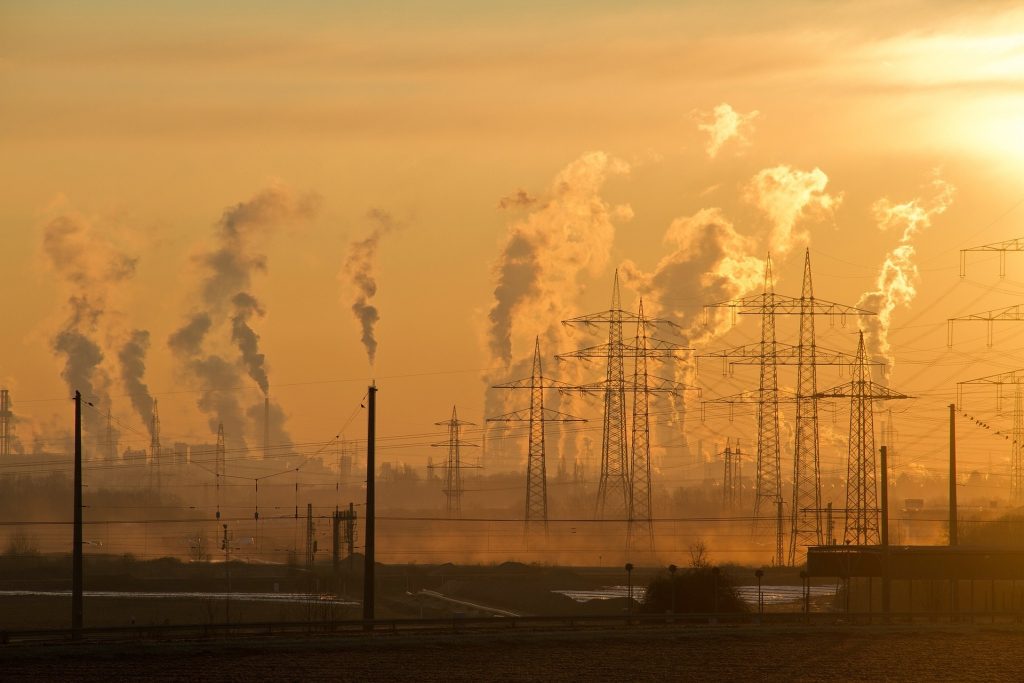Three energy-intensive industries with the greatest potential for Estonia
According to the new report by the Foresight Centre, attracting industries with high energy consumption to Estonia requires the added value of the projects per unit of energy to not be lower than the average. Establishing energy-intensive industries would only be justified if they could bring opportunities for economic activities that would create more added value in Estonia.

Uku Varblane, head of research at the Foresight Centre, said that due to the growing renewable energy production, there have been discussions about the establishment of energy-intensive industries involving foreign investments. “Locking Estonian electricity into low-perspective projects that are not in the interest of our economy is a risk that comes with energy-intensive industry development,” said Varblane. “Other countries’ experiences show that greater prosperity is generally accompanied by greater energy efficiency, that is, in wealthy countries, more added value is created per unit of energy.”
Energy-intensive industry should be distinguished from industries that have high energy demands due to their large scale. Energy-intensive industry usually refers to sectors and products where the share of electricity costs forms a significant part of the total costs, such as the chemical, oil, metal, cement and glass industries.
According to the Foresight Centre’s short report ‘Prospects for the energy-intensive industry development in Estonia’, value chains related to the valorisation of biomass, including wood, methanol production and valorisation of rare earth metals could be promising energy-intensive industries in Estonia. “However, energy costs alone are not enough to attract investments to Estonia or for their successful development,” said Varblane. “For instance, the price of raw materials and capital, a suitable workforce and a favourable logistical location are important as well.”
For example, the products of a wood biorefinery plant in Estonia can be used to produce food and goods packaging, paper for various purposes and fabrics for the clothing industry, and it can also be an input for biocomposites and the chemical industry. Methanol production has great potential for the Estonian economy. Its derivatives, besides being used as an energy carrier, are important raw materials in several sectors, such as the plastics, pharmaceutical and paint industries. The valorisation of rare earth metals has great economic potential and the first stage of building the magnet factory in Narva is just one of the broader opportunities in this area. This is especially notable considering the growing importance of earth metals in high-tech industries, such as electronics, battery production and renewable energy technologies. Earth metals play an important role in the EU’s Critical Raw Materials Act, which states that by 2030, 40% of the European Union’s critical raw materials consumption needs should be produced and processed within the member states.
According to the Foresight Centre’s short report, in view of Estonia’s added value growth goals, the involvement of foreign investments could be based on whether the project’s added value per energy input exceeds the current average level and whether it is able to keep up with the growing climate goals. We can also consider setting a threshold. It is also necessary to analyse which new activities and business models can arise in Estonia together with energy-intensive industries.
The short report ‘Prospects for the energy-intensive industry development in Estonia’ (in Estonian) has been prepared in the framework of the research stream ‘The future of economic competitiveness’. The research stream looks into the future prospects, opportunities and obstacles in the Estonian economy, as well as prospective economic policy recommendations. The research stream is part of the work of the competitiveness expert group established at the Economic Affairs Committee of the Riigikogu.
Latest news
-
10.11 2025Report: Estonia could learn how to control healthcare costs from the Netherlands
The expenses of the Estonian Health Insurance Fund significantly exceed its revenues, and the accumulated reserves will be depleted in the next five years. Other European countries in the same situation have cut healthcare services and increased people’s co-payments. According to the Foresight Centre’s new short report “Other countries’ experiences in managing healthcare budget deficits”, both solutions have worsened public health and deepened inequality.

 An independent think tank at the Riigikogu
An independent think tank at the Riigikogu